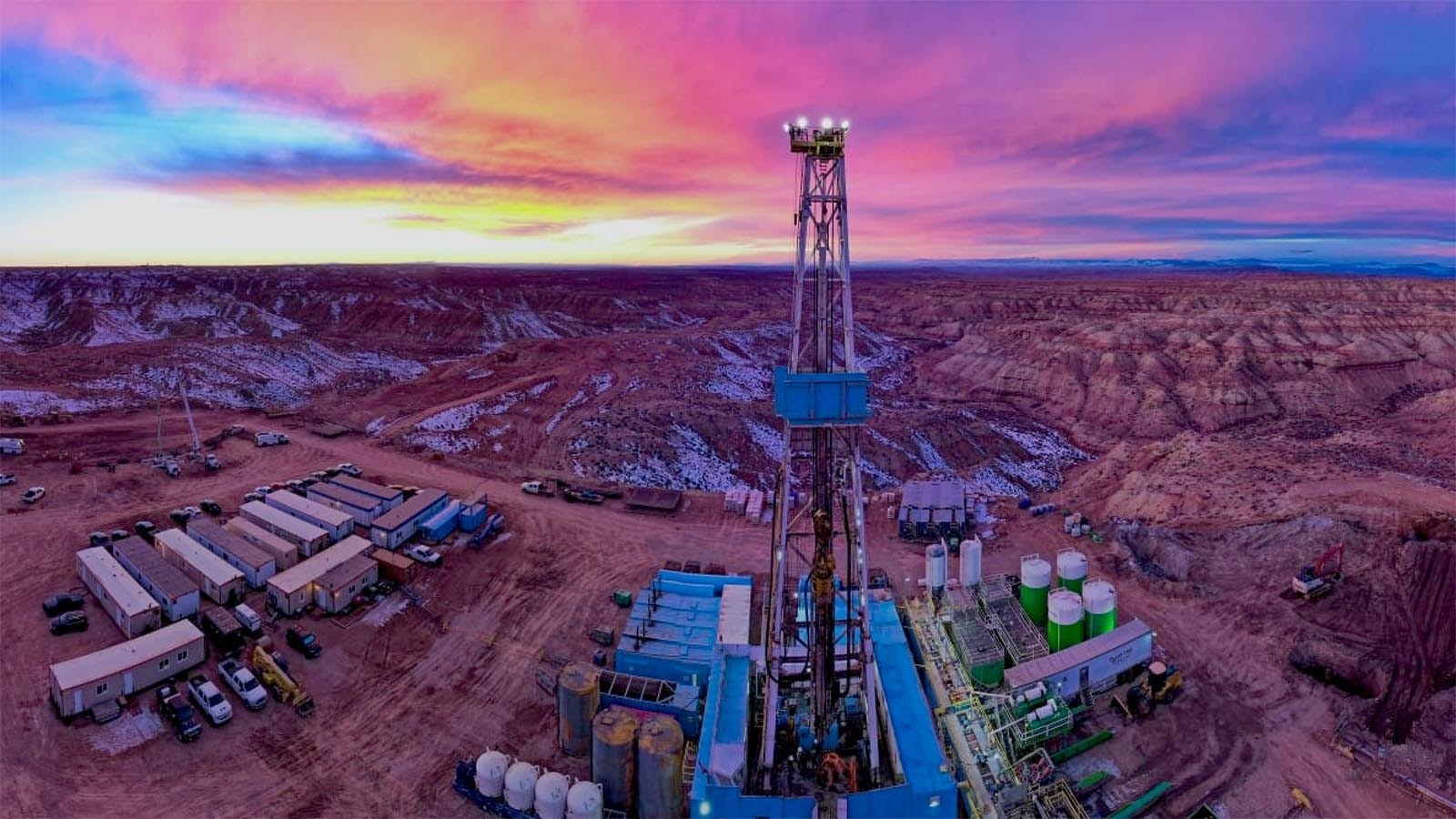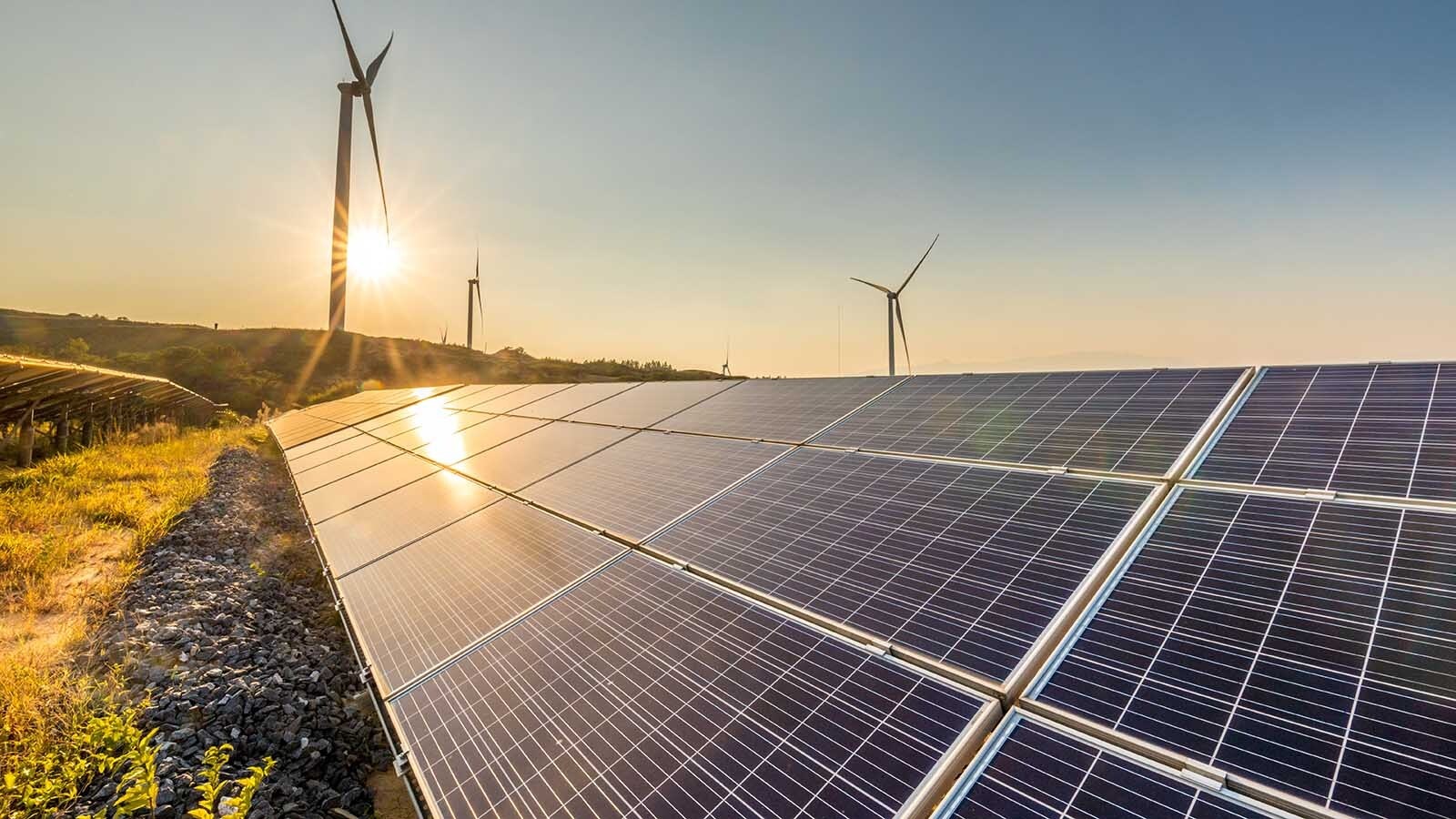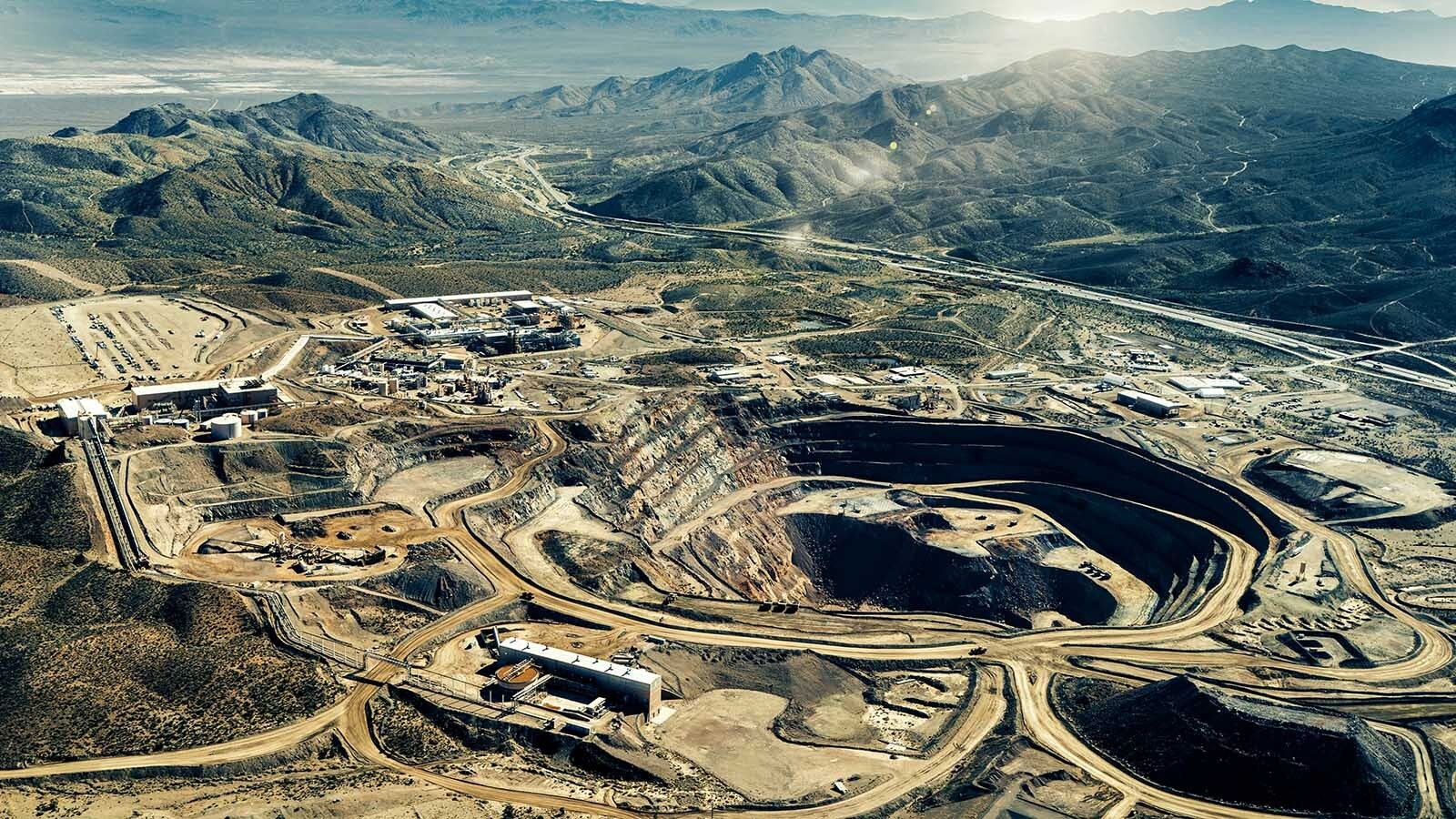Researchers at Washington State University are developing a new way to treat sewage, which will convert leftover sludge to renewable natural gas.
Wyoming also is exploring renewable natural gas production by using byproduct gas from sewage treatment, and energy companies are developing it from coal seams in the Powder River Basin.
How It Works
The Spokesman-Review reports that the WSU method pretreats sewage with high-pressure steam containing oxygen, which makes it easier to biodegrade. As a result, the method allowed researchers to convert more than 85% of the sewage sludge into methane, which could then be used to produce electricity.
A report on the research published in the journal Waste Management notes that more than 13.84 million U.S. dry tons (12.56 million metric dry tons) of sewage is produced annually in the United States from publicly owned treatment works or wastewater treatment facilities.
In other words, America is full of it, and it can be used to produce electricity.
Capital Crap
Using human sewage to produce energy is nothing new. The wastewater treatment plant in Washington, D.C., which is the largest consumer of electricity in the nation’s capital, has been converting poop into “clean” power since 2015.
The system processes leftover solids from the wastewater treatment system into methane gas, which is used to turn three 5-megawatt turbines. The power produced supplies one-third of the plant’s energy needs, which is the largest advanced wastewater treatment plant in the world.
Could It Work Here?
Wyoming doesn’t have as many people as the nation’s capital, but at least one wastewater treatment facility uses Cowboy State bodily waste for energy.
Brandon Price, wastewater manager for the city of Gillette, said its sewage treatment facility captures methane to burn in the boilers for heat.
“It’s kind of a byproduct of the digestion process. We just capture that gas,” Price said.
Reuters reports that researchers at a South Korean university developed an eco-friendly toilet, which is connected to a laboratory that uses excrement to produce methane.
The toilet uses a vacuum pump to send the No. 2 into an underground tank, which reduces the amount of water it uses. Once the feedstock is secured in a tank, microorganisms break it down into methane, which is then used as an energy source for the building where the toilets are located.
Coal Seam Gas
Colorado-based Cowboy Clean Fuels is developing a facility in the Powder River Basin that will use non-productive coalbed methane reservoirs and agricultural byproducts to produce renewable natural gas.
Noah Yates, vice president of finance, strategy and operations for Cowboy Clean Fuels, told Cowboy State Daily the facility will move toward commercialization next year.
The coal seams act as natural bioreactors for agricultural byproducts. The process produces carbon dioxide and methane, and the carbon dioxide is captured and not vented.
Yates said the process isn’t being used anywhere else in the world.
“Cowboy Clean Fuels is the exclusive global licensee of the RNG production technology developed at the University of Wyoming and is therefore the only company in the world commercializing it,” Yates said.
Yates said the agricultural byproducts in the process are not manure, but a variety of feedstocks that are byproducts from “various agricultural processes common to the Rocky Mountains and Northern Great Plains.”





